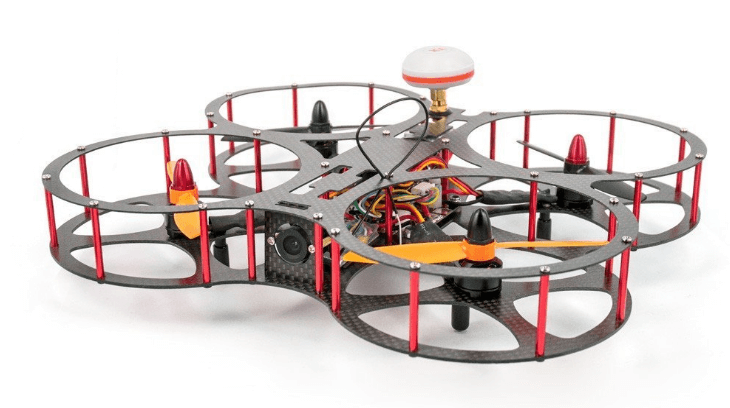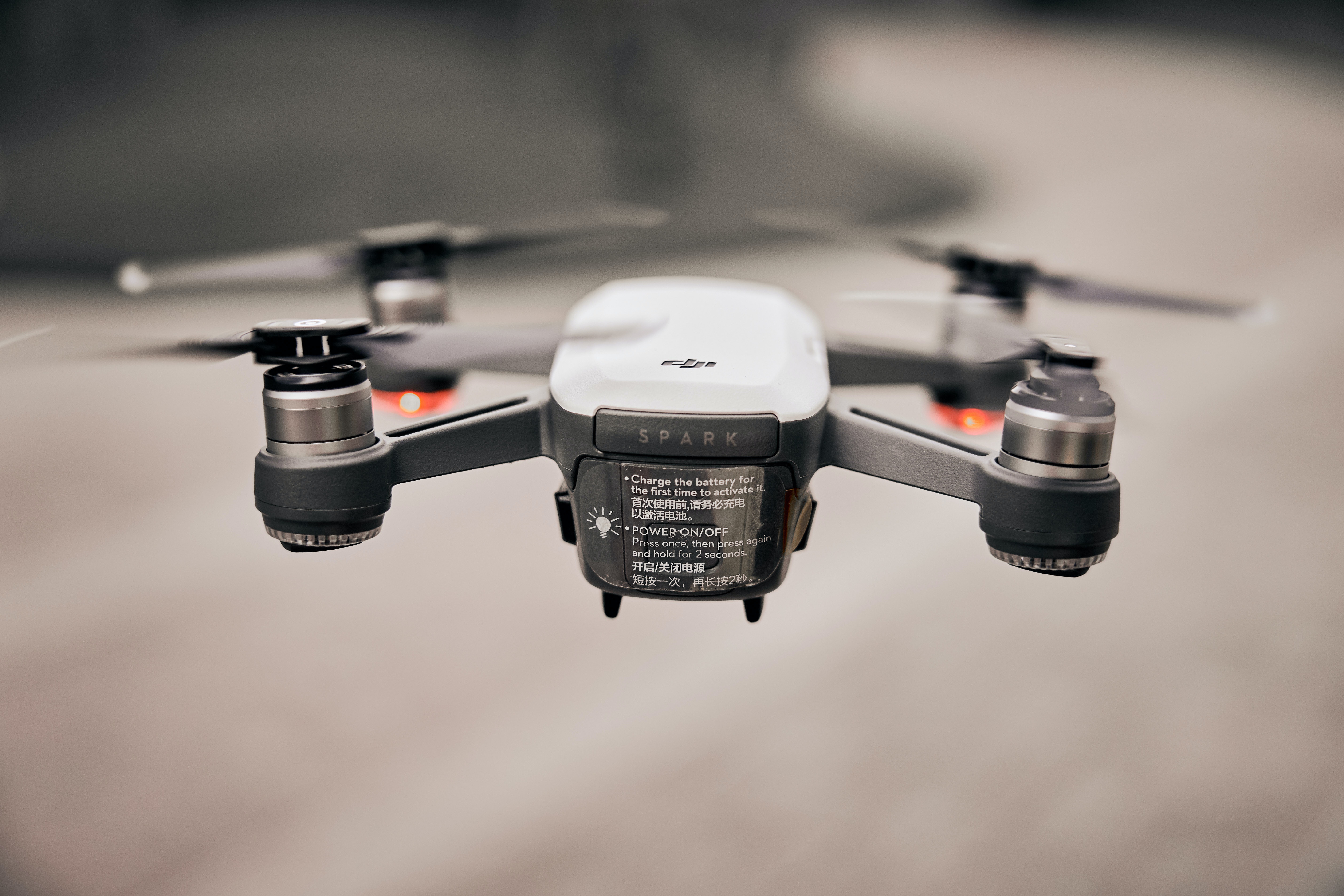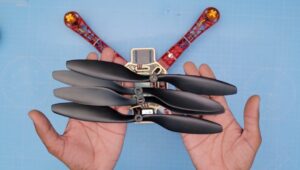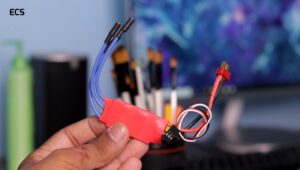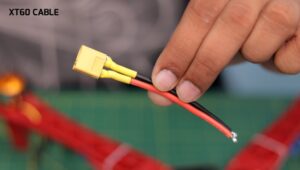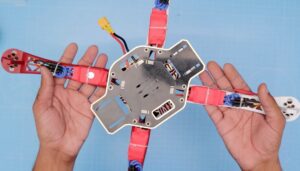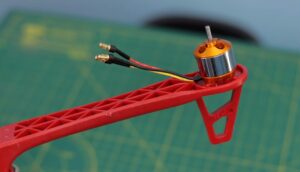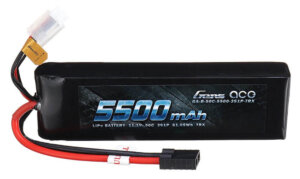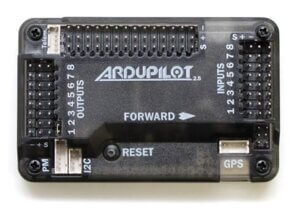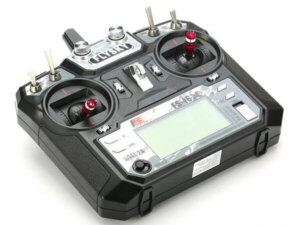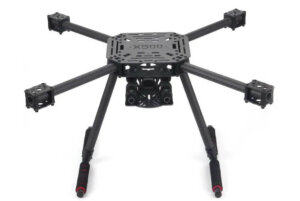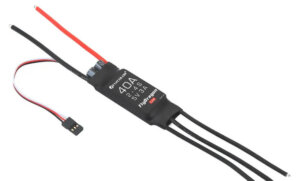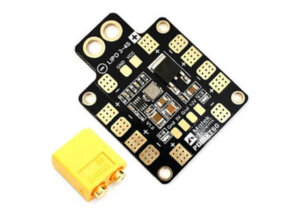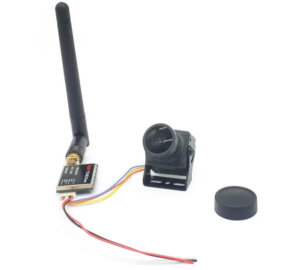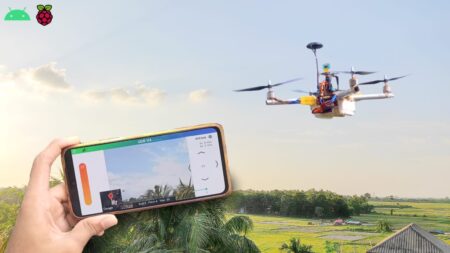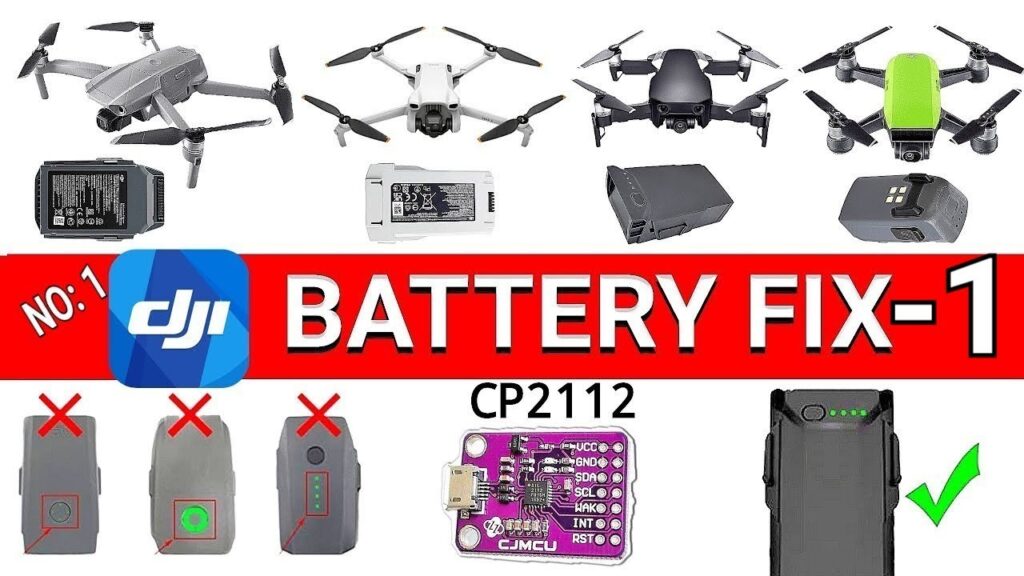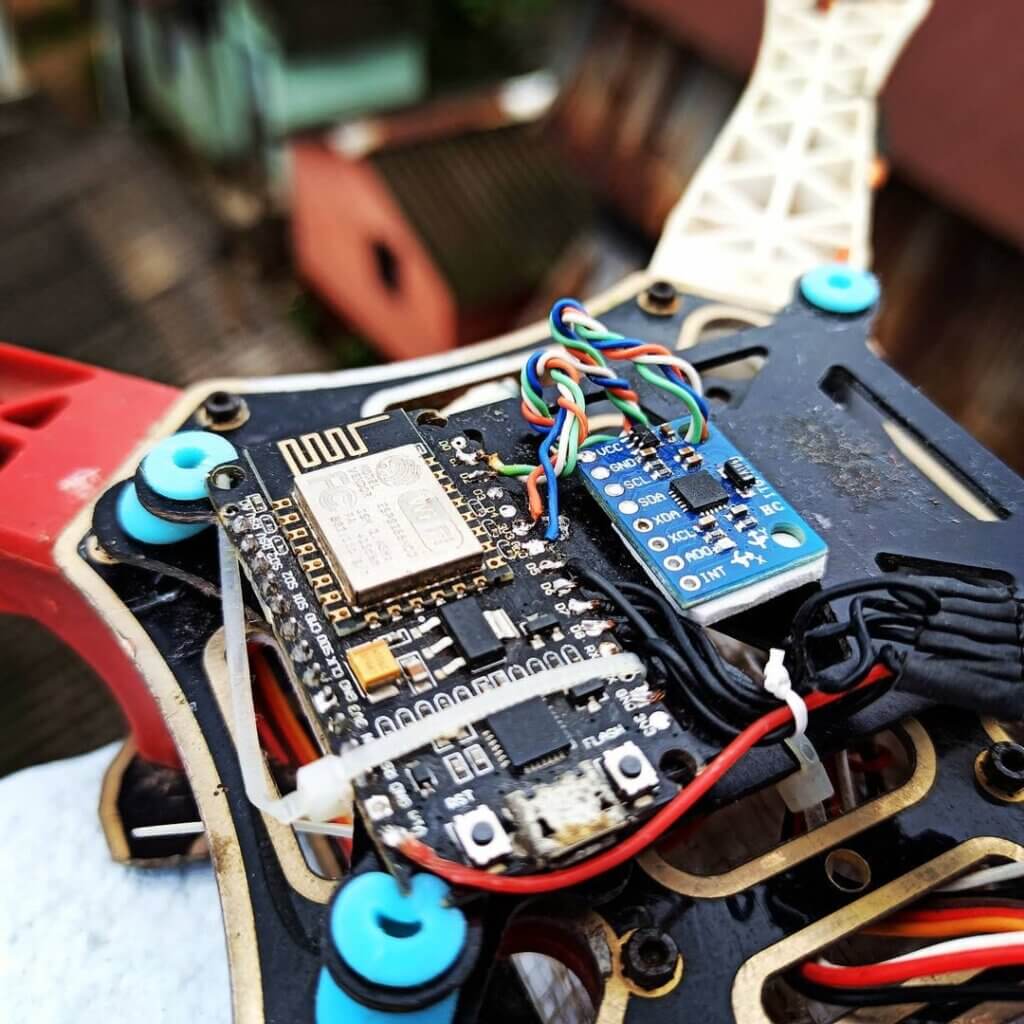INTRODUCTION
This drone tutorial will teach you about the different parts of a drone. Drones are becoming increasingly popular, and it’s essential to know how they work. We will be looking at the mainframe, the motors, the rotor blades, the flight control system, and the camera. We will also be discussing how each of these parts works together to make a drone function.
Drones are becoming increasingly popular for both personal and commercial use. If you’re thinking about buying a drone, it’s essential to understand the different parts and how they work. This article will discuss the basic parts of a drone and its functions.
Thank You NextPCB:
This project is successfully finished because of the help and sponsorship from NextPCB. Guys if you have a PCB project, please visit their website and get exciting discounts and coupons and more.
- Only 0$ for 5-10pcs PCB Prototypes:Nextpcb.com/pcbprototype
- Register and get $100 from NextPCB: Nextpcb.com/coupon
Why NextPCB
- Most Efficient, Economic, Inventive PCB Solutions
- Higher Quality
- Lower Price
- Faster Delivery
After you have a basic understanding of Drone hardware, check out my step-by-step tutorial about how to build a quadcopter (drone) from scratch. This is the most challenging part of building a quadcopter of a drone
The Ultimate Guide to How To Build a Drone At Home : Guide for Beginners 2022
Required Parts Of A Drone
The first step to building a quadcopter is to understand the components that it uses to fly.
A drone consists of the following fundamental parts:
- Motors (Amazon.com)
- Battery (Amazon.com)
- Flight Controller (Amazon.com)
- RC Receiver (Amazon.com)
- The frame (Amazon.com)
- Propeller (Amazon.com)
- ESC (electronic speed controller) (Amazon.com)
- PDB (power distribution board) (Amazon.com)
You can find all of these items at your local hobby store or online.
Choosing Parts Of A Drone
To choose the perfect drone components, you’ll need to think about the purpose of your drone and what you want it to do. Before choosing a quadcopter, consider what features you need and how much money you want to spend.
Motor
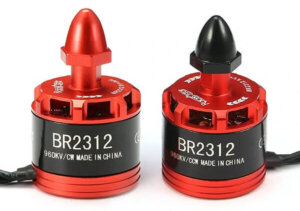
Drone brushless motors are made up of two main parts, the stator and the rotor. The stator is the stationary part of the motor and the rotor is the rotating part. The rotor is attached to the drone’s propellers.
When the motor is turned on, the stator creates a magnetic field. The rotor is then attracted to the stator and starts to rotate. If you are looking to build a drone or replace the motors on your existing drone, brushless motors are the way to go.
Battery
Drones typically use one of two types of batteries: lithium-ion polymer (LiPo) or lithium-ion (Li-ion). Both types of batteries have their own advantages and disadvantages. LiPo batteries are typically lighter and offer more power-to-weight ratio than Li-ion batteries.
However, they can be more volatile and are more likely to catch fire if damaged. Li-ion batteries, on the other hand, are slightly heavier but offer a more stable power output.
The second thing to consider when purchasing batteries for your drone is the capacity of the battery. The capacity is measured in milliamp hours (mAh). The higher the mAh, the longer the battery will last. However, the higher the mAh, the heavier the battery will be.
The third thing to consider when purchasing batteries for your drone is the discharge rate. The discharge rate is measured in C. The higher the C, the more power the battery can provide.
Flight Controller
The flight controller is the brain of the drone. It is responsible for everything from navigation to flight control to communication. A good flight controller will make your drone flying experience much smoother and more enjoyable.
There are many different types of flight controllers on the market, so it is important to choose one that is right for you and your drone.
There are two main types of flight controllers:
- Multi-rotor.
- Fixed-wing.
- Multi-rotor – Multi-rotor flight controllers are designed for drones with multiple rotors, such as quadcopters and hexacopters.
- Fixed-wing – Fixed-wing flight controllers are designed for drones with a single rotor, such as aeroplanes.
Note – Multi-rotor flight controllers are typically more complex and expensive than fixed-wing flight controllers
Tutorial: How to choose a flight controller
RX (Radio Receiver)
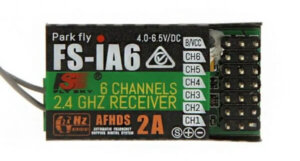
The Rx is a stand-alone drone radio receiver. It can be used with any compatible drone remote control system to provide real-time, in-flight telemetry data, including GPS position, altitude, heading, and flight mode. The Rx is also capable of receiving commands from the remote control, allowing you to change the drone’s flight path or other settings in mid-flight.
Without a radio receiver, the drone would be unable to receive any input from the controller and would be effectively useless.
There are a few different types of radio receivers that are commonly used in drones, but the two most popular are the 2.4 GHz and 5.8 GHz receivers. The 2.4 GHz receiver is the most common type and is used in most consumer drones. It has a good range and is relatively inexpensive. The 5.8 GHz receiver is less common, but it has a much higher range and is better for long-distance flying.
No matter what type of receiver you choose, it is important to make sure that it is compatible with the controller you are using.
TX (Radio Transmitter)
With the transmitter, you can also send commands to your drone, so you can make it perform tricks or fly to specific locations. The Drone Radio Transmitter is easy to use and comes with a simple instruction manual. It attaches to your drone’s controller and has a range of up to 500 meters. It runs on 2.4 GHz frequencies, so you can be sure that your signal will be strong and clear.
Frame
There are many factors to consider when selecting a drone frame. The type of frame will dictate the overall flight characteristics of the drone, so it is important to select a frame that is well suited to the intended purpose of the drone.
The material of the frame is important because it will affect the durability and strength of the frame. Carbon fibre is a popular choice for drone frames because it is lightweight and strong. However, it is also more expensive than other materials. The weight of the frame is also an important consideration.
The size of the frame is also important. Larger frames will be more stable in the air but will be more difficult to manoeuvre. Smaller frames will be more agile but may be less stable. Finally, the shape of the frame is also important.
When you selecting a drone frame, it is important to consider all of these factors in order to choose
Propellers
Drone propellers are one of the most important parts of a drone, and they are also one of the most vulnerable. Because they are constantly spinning, they are susceptible to damage from things like rocks, trees, and other debris. If a propeller is damaged, it can cause the drone to lose control and crash. Because of this, it is important to inspect your propellers regularly to make sure they are in good condition. If you see any damage, replace the propeller immediately.
If a propeller is not balanced, it can create a lot of vibration and noise, and it can also cause the drone to fly erratically. When choosing a propeller, it is also important to consider the size of the drone and the type of flying that you will be doing.
ESC – Electronic Speed Controller
Drone ESC is an Electronic Speed Controller, which is a device used to govern the speed of an electric motor. ESCs are also used in brushless DC motors, where they control the speed of the motor by regulating the amount of current flowing through the motor. The ESC consists of three main parts: a sensor, a controller, and a motor. The sensor senses the speed of the motor and sends a signal to the controller. The controller then adjusts the amount of current flowing to the motor to maintain the desired speed. Drone ESCs typically have a few different modes that they can operate in.
Another mode that ESCs can operate in is called “pulse-width modulation” (PWM) mode. In this mode, the ESC will regulate the speed of the motor by pulses of current. The width of the pulses will determine the speed of the motor.
PDB – Power Distribution Board
PDB is a power distribution board that helps you to connect and distribute power to all the electrical components of your drone. It is important to choose the right PDB for your drone because it must be able to handle the right amount of current and voltage.
The PDB also needs to be able to handle the heat generated by the electrical components. There are many different types of Drone PDBs available on the market. You need to choose the one that is best suited for your drone the PDB cannot dissipate the heat, it could damage the electrical components. When choosing a Drone PDB, you need to make sure that it has the correct current and voltage ratings
VTX/VRX=Video Transmitter/Video Recever
The video transmitter (VTX) and video receiver (VRX) are the two key components of any FPV system. The VTX is responsible for transmitting the video signal from the FPV camera to the VRX, which is then displayed on the FPV goggles or monitor.
The video transmitter (VTX) is the heart of any FPV system. It is responsible for transmitting the video signal from the FPV camera to the VRX, which is then displayed on the FPV goggles or monitor.
Battery Charger
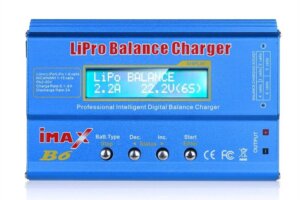
Optional Parts Of A Drone
While the basic drone comes equipped with everything you need to get started, there are some optional components that can make your drone experience even better. Here are some of the most popular optional drone components on the market today:
- First up is an extra battery. Drones can be a lot of fun, but they can also be pretty power-hungry. An extra battery will give you some extra flying time and peace of mind in case your first battery runs out of juice mid-flight.
- If you want to take your drone photography to the next level, consider picking up a gimbal. This accessory lets you mount your camera on a stabilization platform, keeping it level and steady even as your drone moves around.
- If you plan on doing any night flying, LED lights can be a great addition to your drone. Not only do they help you keep track of your drone in the dark, but they can also be used to light up your subject for better night photography.
- Finally, a carrying case is always a good idea for storing and transporting your drone. This will help to keep your drone safe from scratches, bumps, and bruises, and will make it easier to grab and go when you’re ready to fly. No matter what your drone goals are, there are plenty of optional components out there to help you customize your drone experience. Do some research and find the right accessories to take your flying
How to Build a Drone
If you’re interested in building your own drone, there are a few things you should know. Building a drone requires some basic knowledge of electronics and programming.
Once you have all of your materials, the next step is to assemble the frame. This is typically the easiest part. Simply follow the instructions that come with your kit.
building a drone is a great way to get into the exciting world of drone flying. It is also a great way to learn about electronics and how they work. With a little patience and some basic knowledge, anyone can build a drone
This video shows you how to make an excellent FPV racing quadcopter.
The Ultimate Guide to How To Build a Drone At Home : Guide for Beginners 2022

